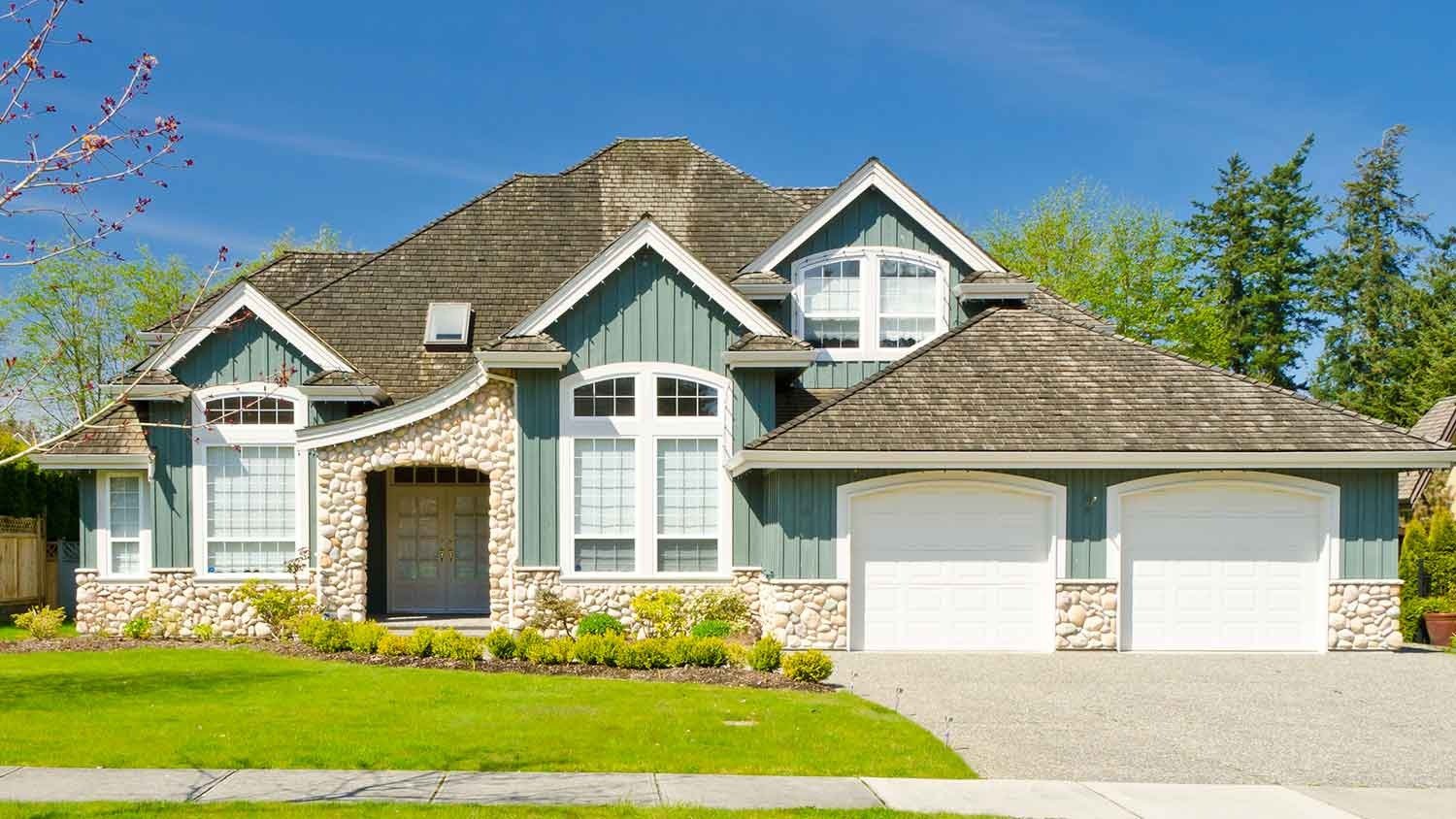Types of Metal Siding: 5 Best Options for Your Home
Wrap your home’s exterior in metal for a look that’s sturdy, chic and long-lasting


Homeowners have several options when it comes to types of metal siding. While there are always pros and cons of different house siding, metal siding is often a top contender for homeowners. There’s a lot to love about different types of metal siding. Generally, metal siding is fire- and insect-proof, helps reduce energy bills, and is easy to maintain—a homeowner’s dream come true.
With several different types of metal siding available, making the right selection can become overwhelming. This roundup of the different types of metal siding highlights five of the best options for your home.
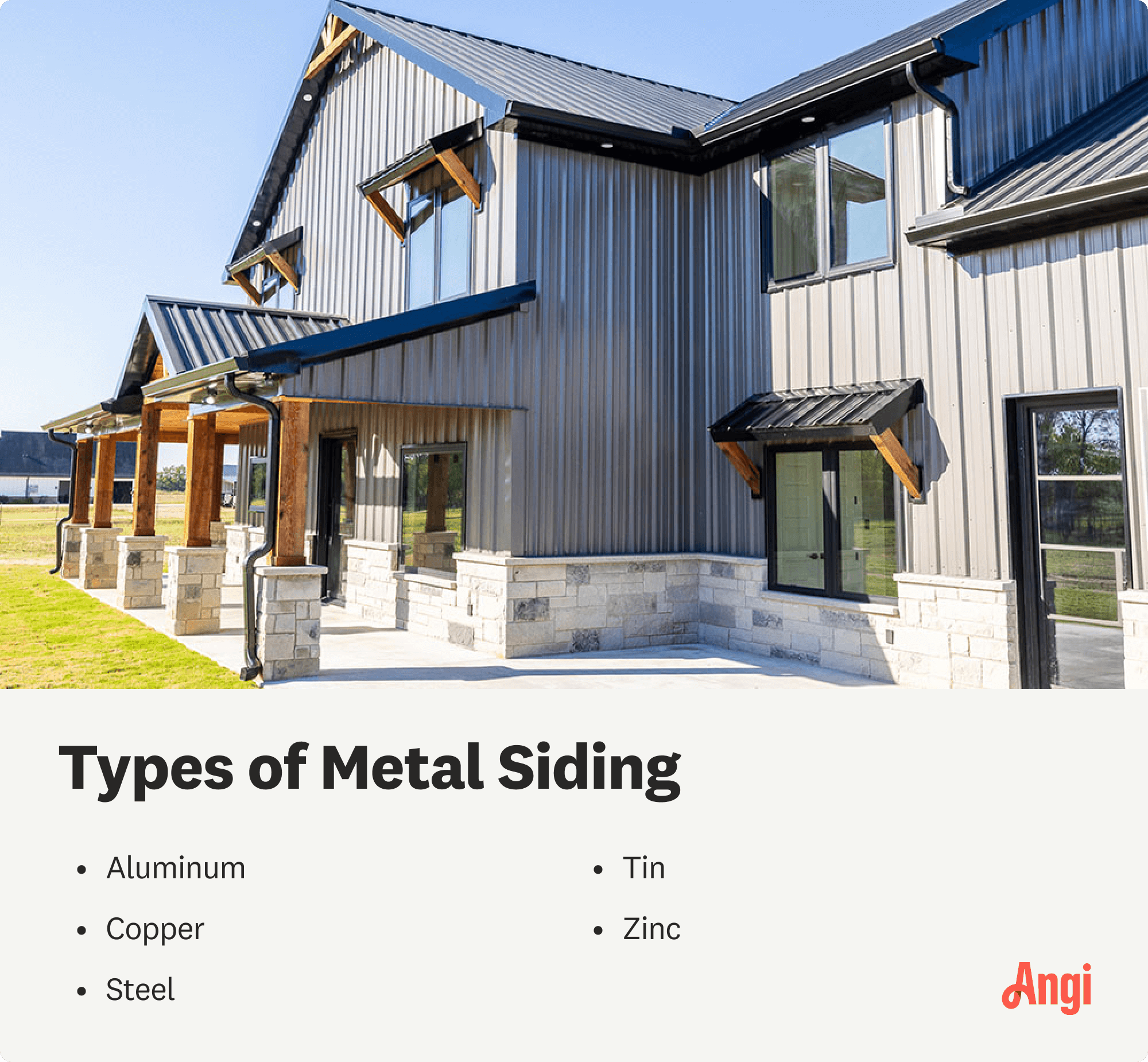
1. Aluminum
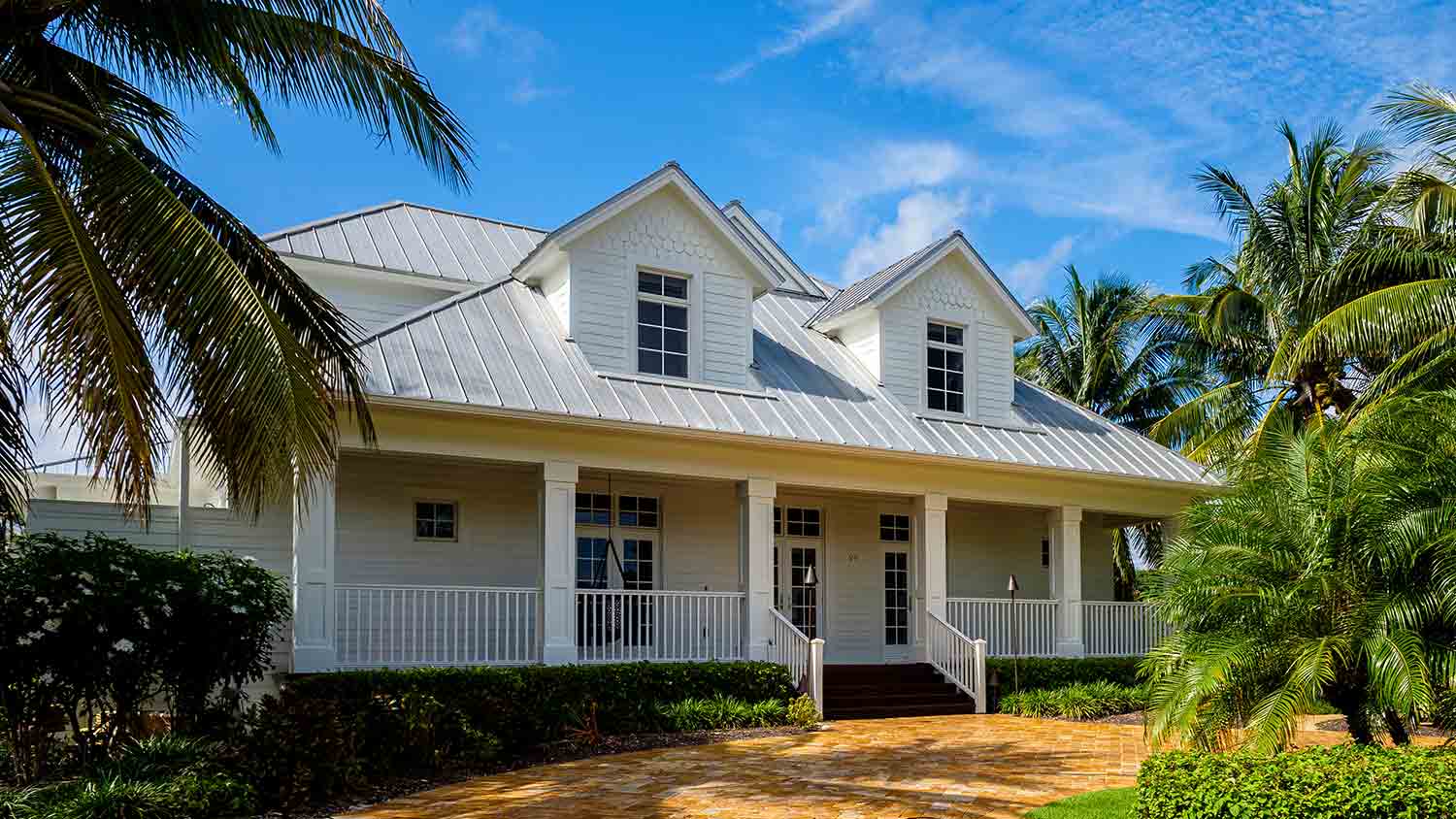
Aluminum is a popular metal siding choice because it is low maintenance and relatively durable, thriving in a variety of climates. Aluminum siding is a good choice for coastal homes, with constant moisture and salty ocean air. Unlike wood or vinyl siding, aluminum doesn’t swell, rot, rust, or allow mold and mildew growth. Aluminum panels also give homeowners aesthetic flexibility, as panels come in vertical and horizontal formats and in different textures and patterns, with some resembling wood.
Typical cost: $3–$18 per square foot
Typical life span: 50 years
Pros
Available in a wide variety of options
Lightweight and easy to install
Waterproof, protecting a home against moisture
Cons
More prone to scratches and dents
Long-term exposure to the elements creates a chalky, dull appearance
Can become noisy in areas with high winds or intense heat
Best For
First-time home buyers
Budget-conscious homeowners
2. Copper
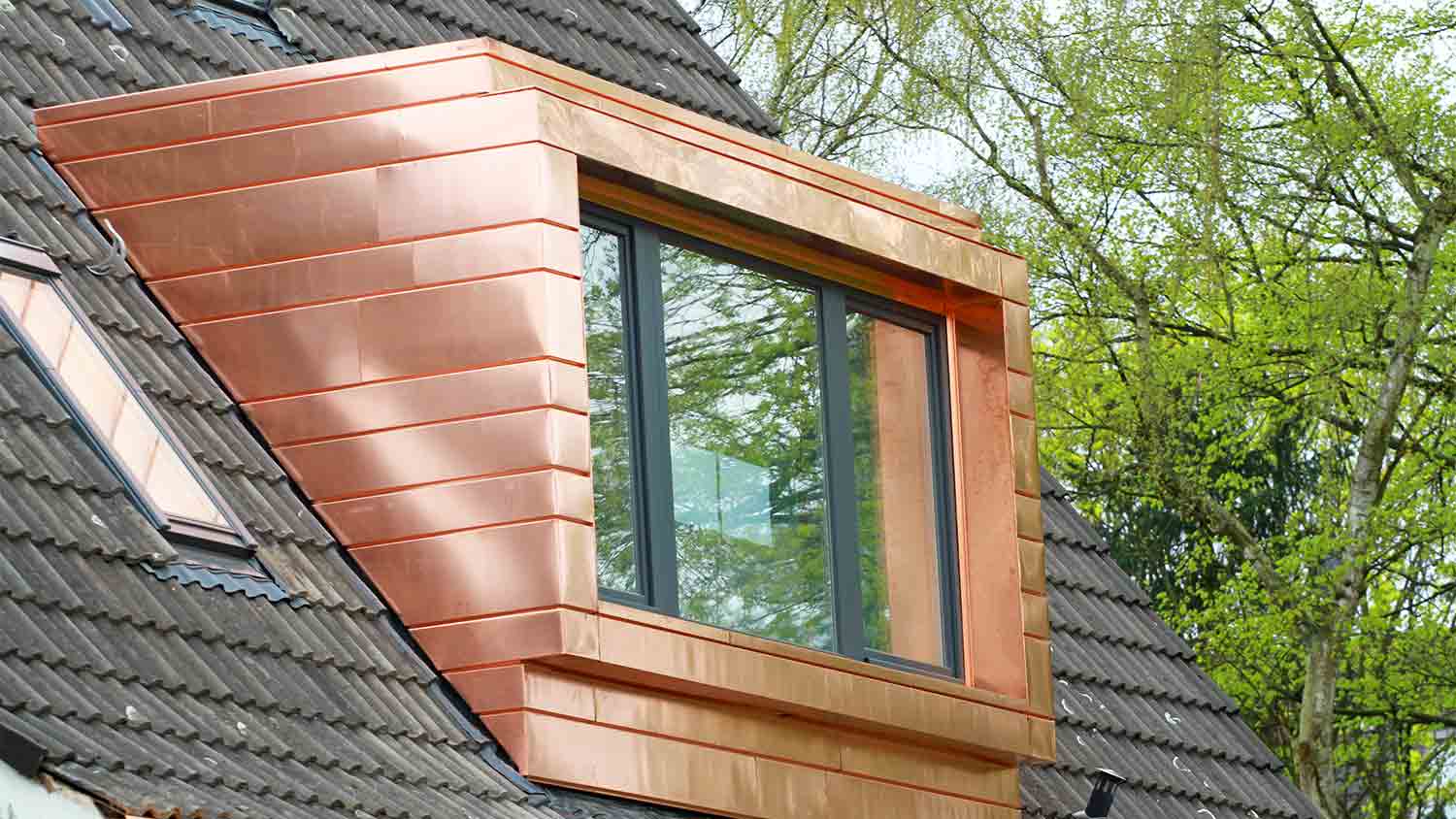
This metal is considered a high-end material because of its cost, durability, and return on investment. Durability depends on the metal siding’s thickness, as copper is one of the “softer,” more malleable metals. If the cost for a full copper exterior is intimidating, consider using small—but powerful—copper accents in bay windows or as a smaller roof over the front door. Before installing copper siding, understand how the climate will interact with the metal. Copper oxidizes over time, transforming from a shiny reddish-brown to a green-hued patina, which some homeowners may appreciate but others may dislike.
Typical cost: $20–$35 per square foot
Typical life span: 100+ years
Pros
Material can last for more than 100 years with minimal maintenance needed
Return on investment is much higher than with other metals
Naturally resistant to pests and rodents, so infestation is less likely
Non-organic material means it’s less susceptible to mold and mildew
Highly recyclable and eco-friendly
Cons
Installation can be complex, requiring specialized expertise
Color changes into a greenish hue over time, which may be undesirable to some homeowners
More susceptible to dents and damage from hail or harsh weather
Premium material comes at a high cost compared to other siding options
Not as easily available as competing materials
Best For
High-end waterfront properties
Luxury homes with high budgets
3. Steel
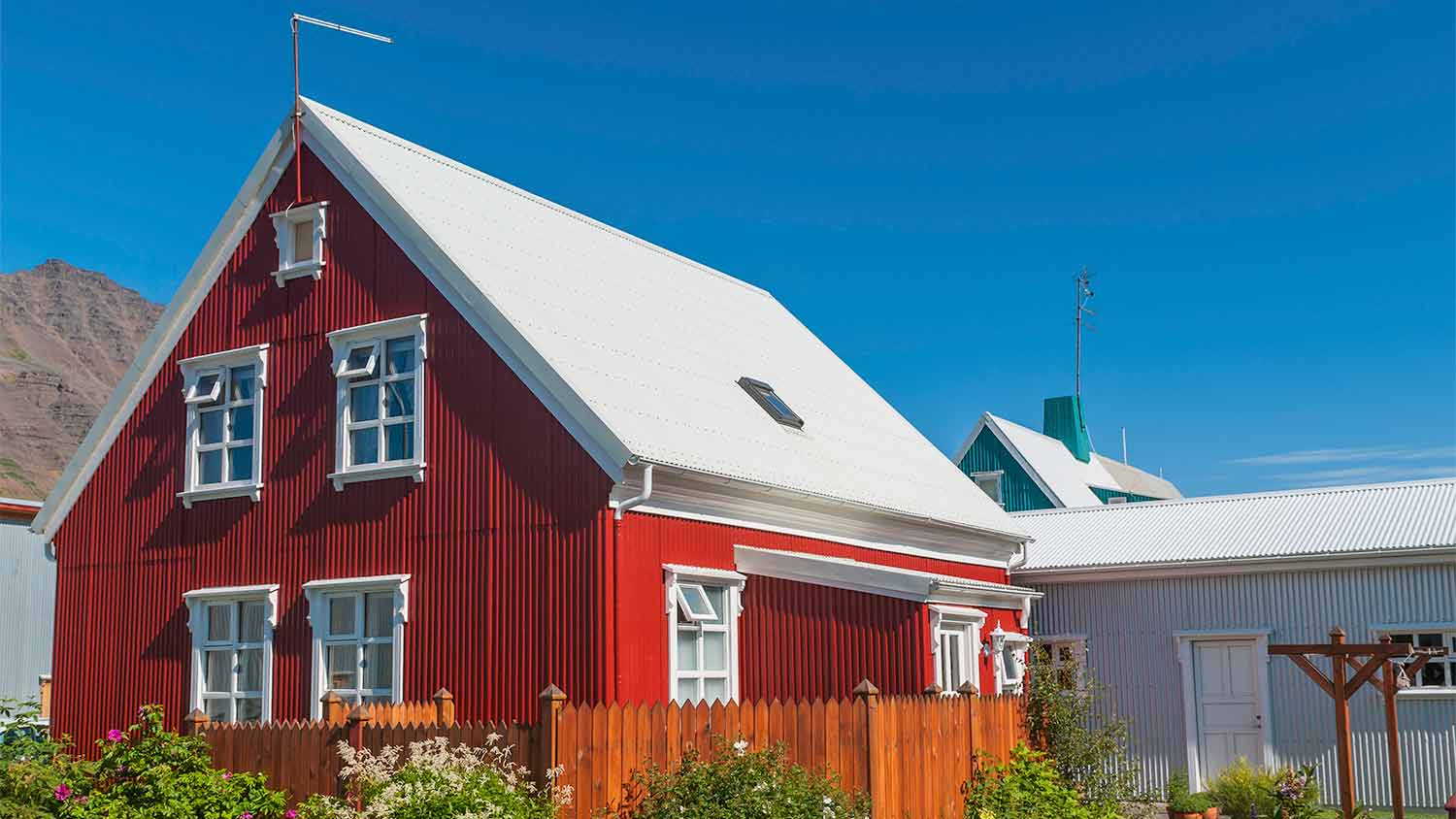
Usually, steel is found on commercial buildings such as warehouses, workshops, and barns. But its strength and aesthetic capabilities have increasingly made steel a popular choice for homeowners looking for a unique take on exterior siding. Steel comes in a variety of styles, including steel panels that resemble logs for a rustic cabin look. Like other metals, steel is also resistant to fire and pests. But, unlike metals such as aluminum, steel can rust after long periods of exposure to the elements.
Typical cost: $4–$16 per square foot
Typical life span: 50 years
Pros
Can withstand harsh weather conditions that include storms and extreme heat and cold
Available in a variety of colors and textures
100% recyclable and manufactured sustainably
Resistant to rot and mold and mildew growth
Durability can add to overall home value
Cons
Noisy in certain environments
Can collect condensation in humid climates, which can lead to moisture-related issues
May rust over time if protective coating is damaged
Weight can complicate transportation and installation
Higher upfront cost compared to vinyl or aluminum
Best For
Properties located in regions with severe weather
4. Tin
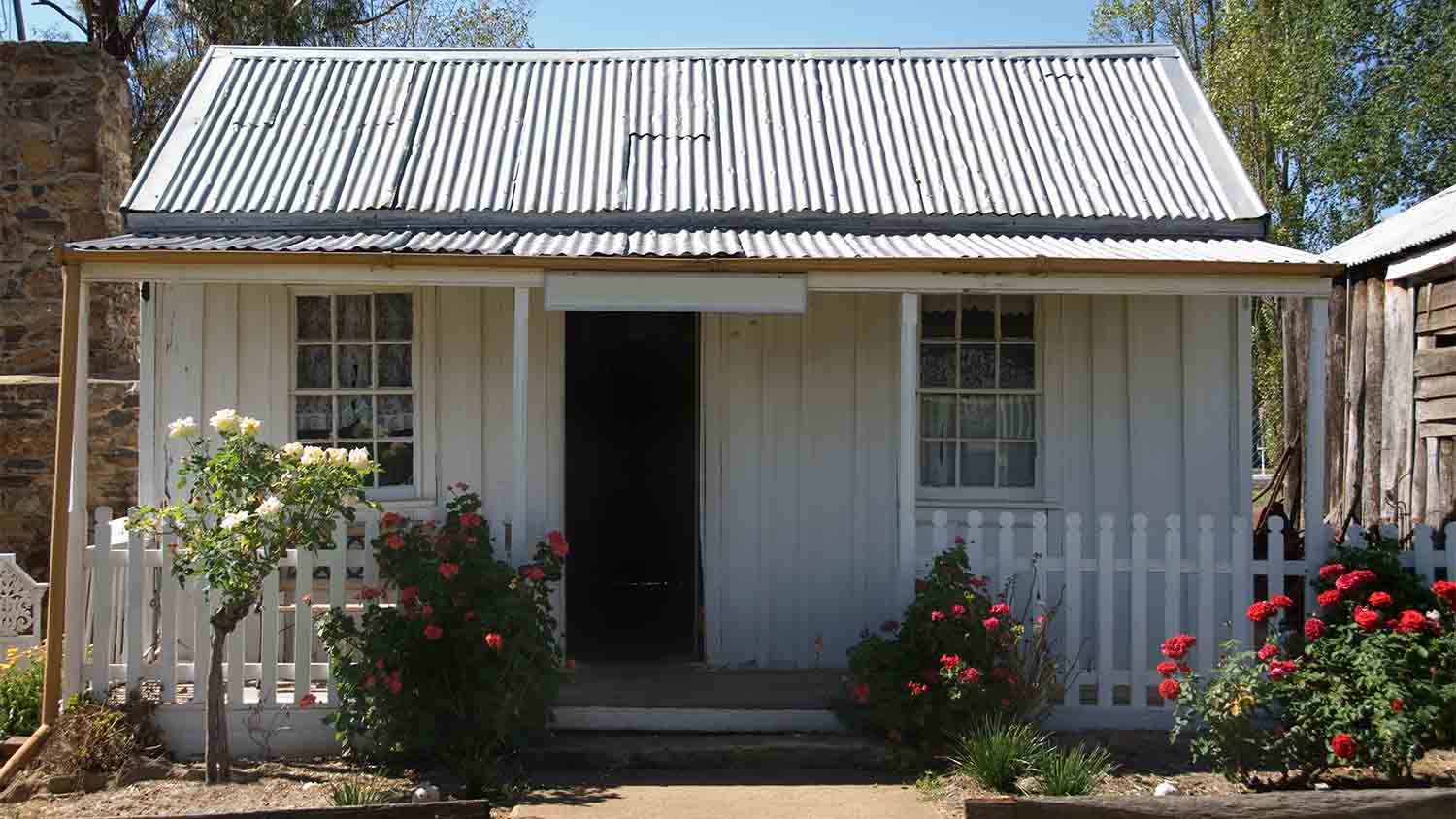
Tin is one of the most affordable types of metal siding on the market for home exteriors. It is sometimes used to achieve a specific look. Tin is more susceptible to dents and corrosion over time, making its life span significantly shorter than some of the other types of metal siding. Often, you’ll find tin used as a roof option, as it effectively fends off hail and other storm-related damage.
Typical cost: $1–$3 per square foot
Typical life span: 15 years
Pros
More affordable than other types of metal siding
Can be used in various ways, ranging from structural accents to roofing
Minimal upkeep and cleaning, so easy to maintain
Helps deflect heat from the sun in warm climates
Cons
Needs to be replaced more often than other types of metal siding
Prone to rust and corrosion over time
Dents more easily since it’s a soft metal
Amplifies the sound of rain, wind, and hail
Best For
Agricultural buildings, such as barns, sheds, or garages
5. Zinc
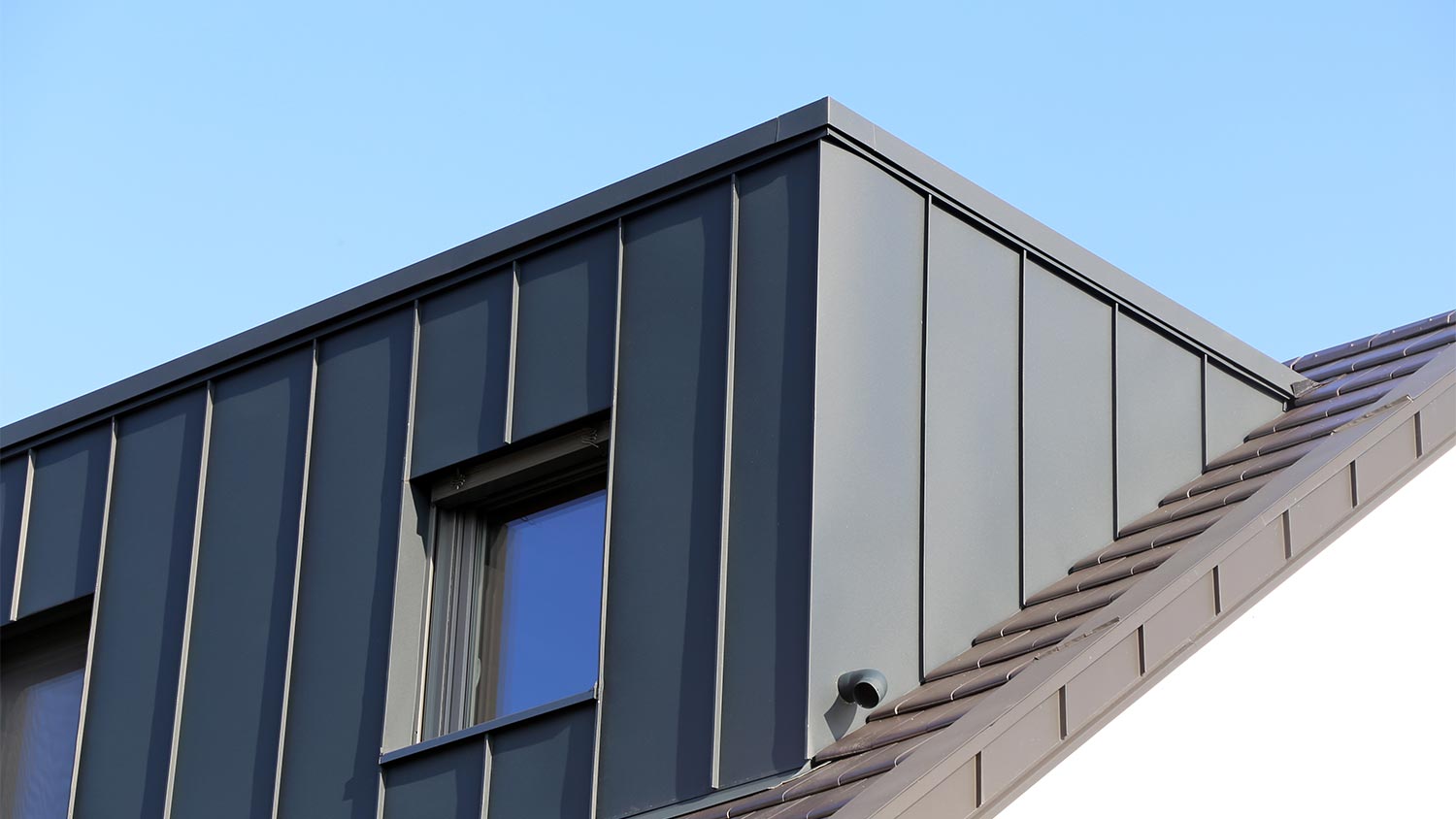
Like copper, zinc is one of the most expensive metal siding options. Many homeowners like this nonferrous metal for its lauded eco-friendly attributes, which include immunity to UV rays and corrosion. Zinc is also considered a “self-healing” metal, meaning the metal will recover from any scratches over time. Similar to copper, the color of zinc changes over time, morphing from a dark gray to a light gray/blue.
Typical cost: $15–$25 per square foot
Typical life span: 80-100 years
Pros
Self-healing capabilities lessen the impact of scratches
Environmentally sustainable material
Fire-resistant properties make it ideal for areas with wildfires or high heat
Resists pests and rodents that can cause infestation
Cons
Higher cost compared to other types of metal siding
Color changes to light gray/blue over time, which may be undesirable to some homeowners
Requires professional installation from specialized contractors
Limited availability due to it being a premium material
Best For
Custom, contemporary homes
Luxury homes with a higher budget
How to Choose the Right Type of Metal Siding
There are several considerations when deciding among the types of metal siding. Consult a local metal siding contractor to determine which type is best for your home. Here are a few factors to consider as you decide on the best type of metal siding for your home:
Environment and Climate
Where you live can impact what type of metal siding you choose. Evaluate your local weather patterns to see what metal is best for your home’s exterior. For example, if you live in a coastal area, aluminum might be your best bet; however, if you live in a storm-prone area that’s accustomed to hail and tornadoes, steel might be a better choice, as it’s less likely to dent. A local metal siding installer can help guide you in the right direction.
Aesthetic
Metal siding comes in an array of different styles, ranging from modern to rustic, painted to textured. Have an idea of the type of overall look and vibe you’re going for, as this can influence the types of metal siding you consider. For example, although durable, some homeowners decide to pass on aluminum and steel siding because of the overall industrial look.
Budget
There are metal siding cost considerations to keep in mind when selecting metal siding for your home’s exterior. Often, the cost of the material is reflected in its projected life span. Materials such as copper are among the most expensive, but they last much longer. Consider installation costs, too, as metals like copper require a contractor who specializes in metal siding—expertise that can increase the overall cost.
Frequently Asked Questions
Steel and aluminum are two types of metal siding that are commonly used for residential and commercial buildings, but the materials have specific differences. Typically, steel is heavier and sturdier, fending off scratches and dents, while aluminum is lightweight and more prone to damage. Cost is another differentiating factor, as steel is more expensive than aluminum siding cost.
The life span of metal siding depends on the type of material you choose. Typically, tin has the lowest life span (approximately 15 years), while copper has the longest (approximately 100 years). The environment can also impact metal siding’s longevity. In some instances, different types of metal siding can last longer than typical roofs.
When installing metal siding, a high-quality house wrap is considered the best protection against condensation and moisture infiltration. House wraps can increase a home's efficiency significantly. However, a house wrap is not a replacement for a vapor barrier because it can be permeable when moist air passes through siding. This is why it's essential to follow manufacturer instructions for insulating siding when installing new siding.
For homeowners looking for a less expensive alternative to metal siding, the most popular choice is vinyl siding. At just $3 to $12 per square foot, vinyl siding can cost much less than some types of metal siding. Other popular alternatives include fiber cement and engineered wood. Consult a local siding contractor to determine which type of siding will work best for your home.





- 12 House Siding Options to Boost Curb Appeal
- Aluminum vs. Vinyl Siding: A Comparison Guide
- 7 Low-Maintenance Siding Options for Your Home
- How to Repair Aluminum Siding in an Afternoon
- 6 Cabin Siding Ideas to Withstand Harsh Weather
- The Pros and Cons of Different House Siding
- Learn the Pros and Cons of Vinyl Siding
- Wood Siding vs. Vinyl Siding: Pros, Cons, and Costs
- Can You Put Siding Over Brick? And Should You?
- Fiber Cement Siding vs. Vinyl Siding: What's The Better Choice?



